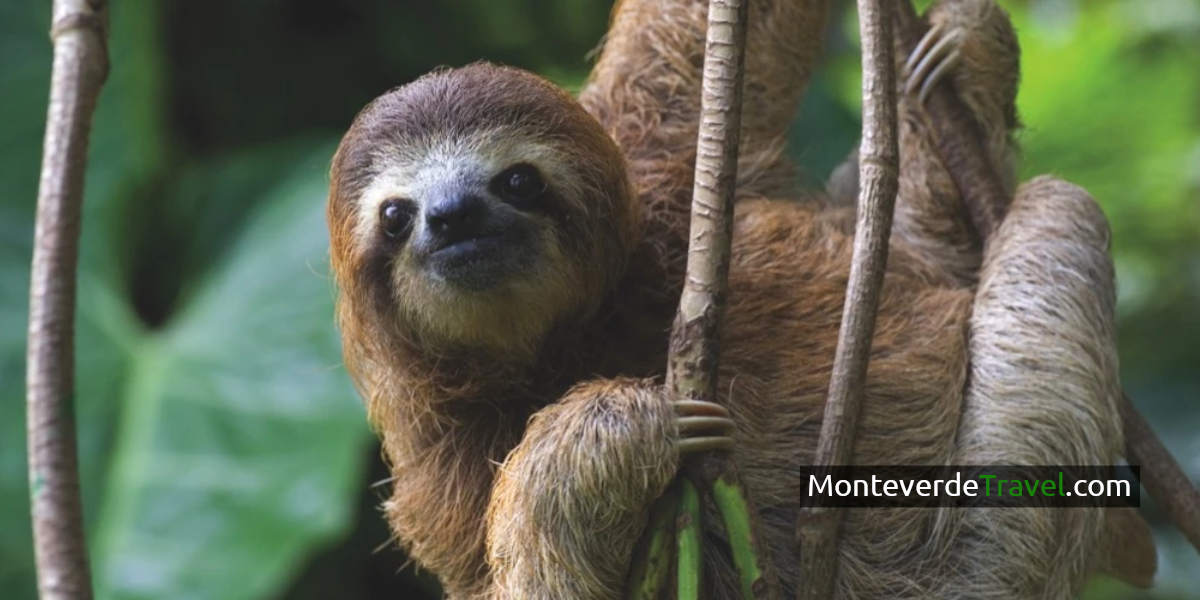three-toed sloths are Master of Social Distancing, these enigmatic creatures are masters of social distancing. Think about it. Did you ever see a sloth hanging out with other sloths in public places? Crawling after rubber balls, sniffing each others’ rear ends? No way! When you’ve gone hiking in the rain forest, have you ever had a sloth come down to greet you and lick your face? Of course not! How many of us can even spot a sloth up in the tree canopy?

why would an animal choose to be solitary when we’ve always heard that there’s safety in numbers? Well, just as we are isolating ourselves from this new virus, we are learning that isolation is a good strategy under certain circumstances. The problem is that we’re social creatures who have been forced into a solitary lifestyle for an unknown amount of time. Like it or not, here we are. Maybe we can pick up a few pointers from these shy animals to make our confinement less difficult. After all, sloths have been isolating themselves for millions of years to avoid potential danger, and it works well for them.
What possible lessons can we learn from these mysterious shaggy creatures? Do they hold the key to happiness in solitary times or, at least, acceptance of our new circumstances? Let’s review some of their biology and behaviors to see if we find some guidelines to follow.
A healthy diet: Sloths are very picky and don’t eat junk food. Flowers would be the closest they come to treats. Eating lots of leaves and, in the case of some sloths, fruit, eggs, and bugs, is important for good gut health. I’m not suggesting that you eat bugs, although they say that they are the protein source of the future, but a healthy diet of fruit and veggies is a good idea, especially during periods of stress. So, chalk one up for sloths. Oh, and don’t forget to chew slowly

